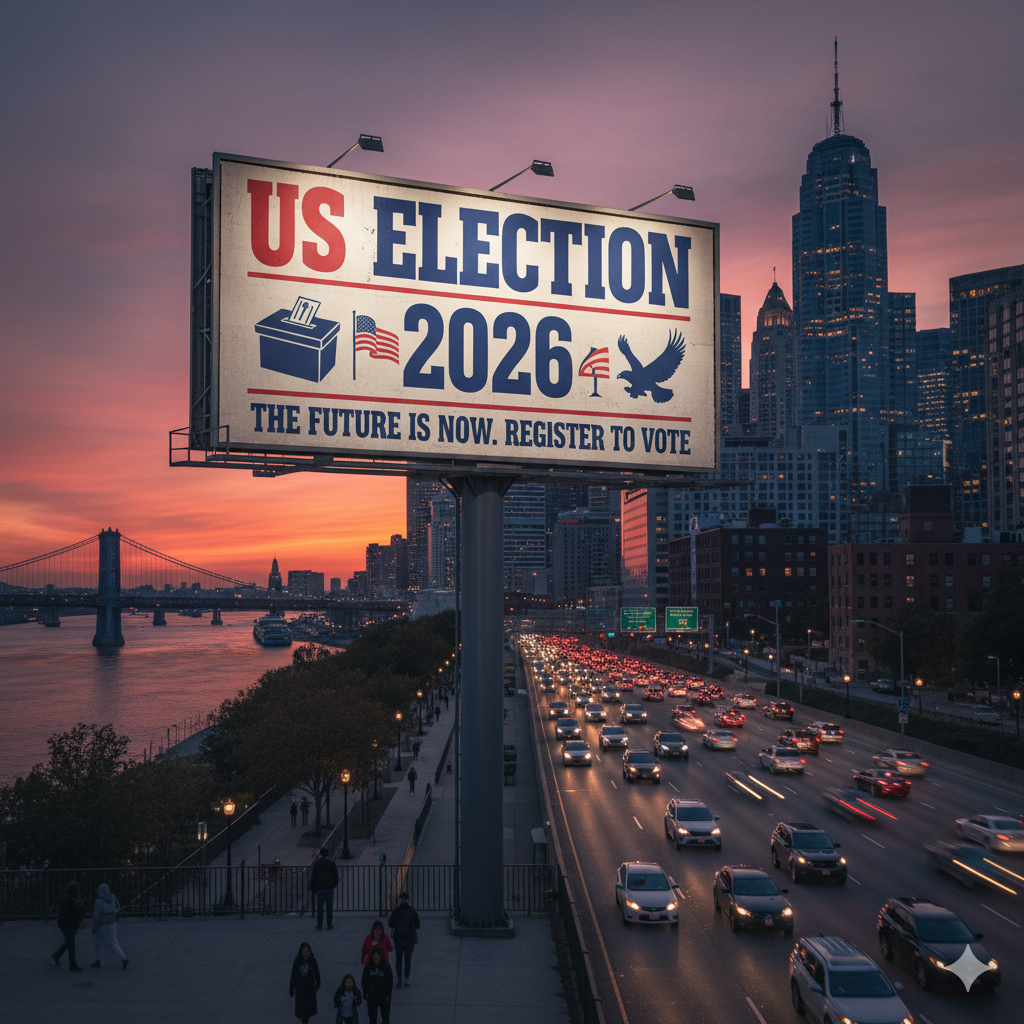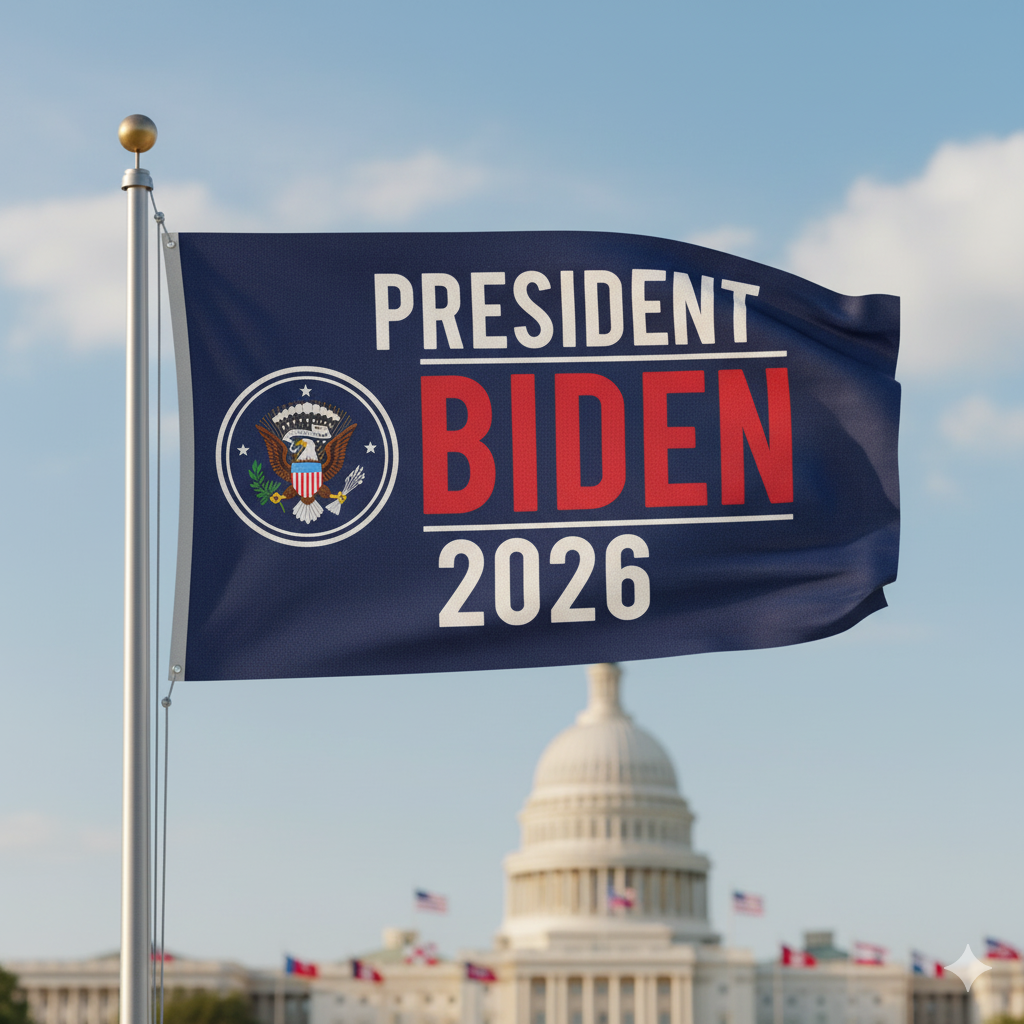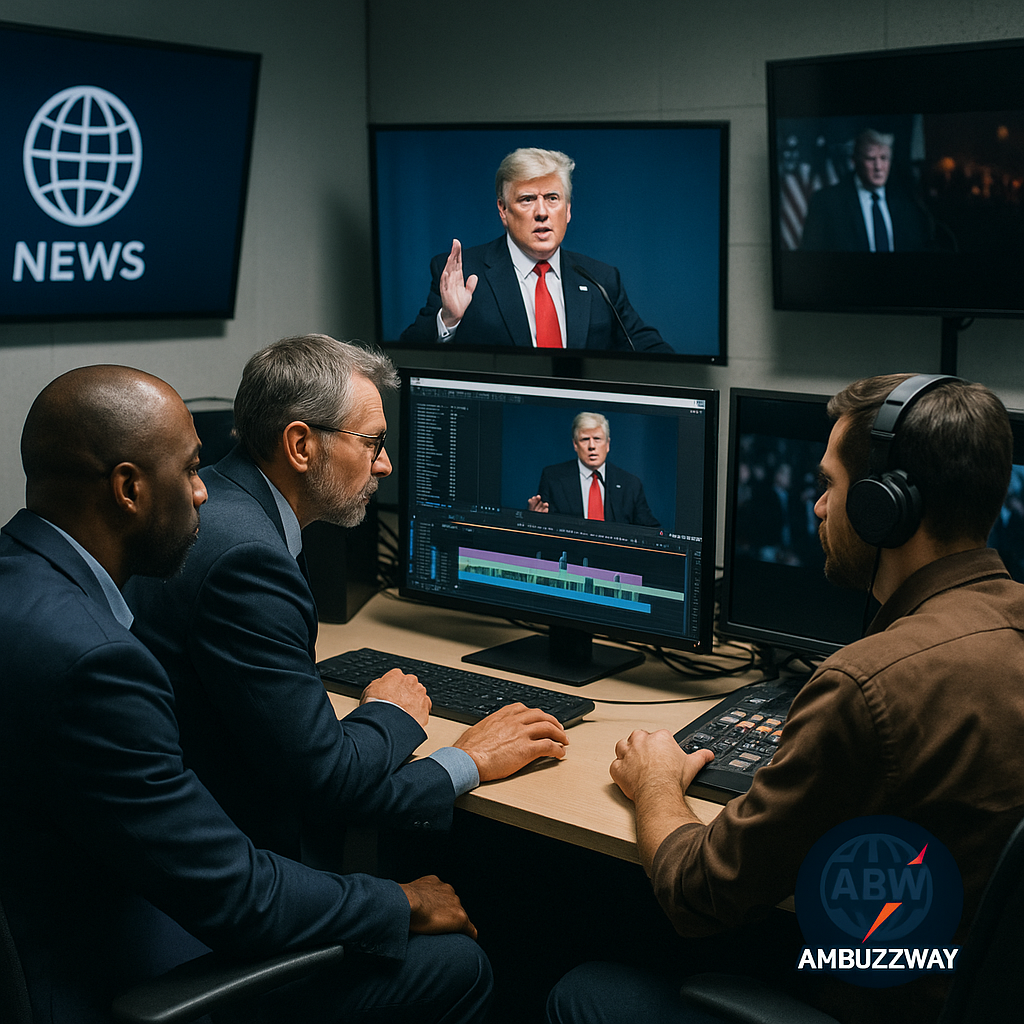As the highly anticipated US Election 2026 approaches, fierce democratic tensions are already surfacing within the Democratic Party. With questions swirling about President Biden’s long-term leadership and mounting speculation over his potential successors, insiders and strategists alike are assessing the party’s direction ahead of the pivotal midterms.
Table of Contents
- Introduction: US Election 2026 Fierce Democratic Tensions
- Biden’s Role and Political Longevity
- Emerging Democratic Factions
- Potential Democratic Successors in Focus
- Policy Divisions and Key Issues
- The Primary Battle: Influencers and Kingmakers
- Voter Sentiment and Grassroots Movements
- Republican Observations and Strategy
- The Impact of Democratic Tensions on 2026 Outcomes
- Expert Analyses and Commentary
- Conclusion
- References & External Sources
Introduction: US Election 2026 Fierce Democratic Tensions
With the US Election 2026 on the horizon, the Democratic Party faces a critical juncture. Early democratic tensions are emerging as a central theme, driven by uncertainty about the party’s future leadership. The internal debate—centered around President Biden’s potential successor—highlights divisions that could shape the party’s midterm prospects and its broader ideological path.

Biden’s Role and Political Longevity
President Joe Biden, now the oldest sitting president in US history, will be well into his 80s by 2026. While Biden’s tenure has brought both legislative victories and formidable challenges, questions about his stamina and willingness to stay on as the party’s standard bearer remain front and center. Reports indicate that behind closed doors, party strategists and insiders are divided—some urging Biden to pave the way for a new generation, others emphasizing the importance of experience and stability in uncertain times.
White House Messaging
The Biden administration publicly maintains that the president is focused on completing his term and remains undecided about his future role. Privately, however, staffers are preparing for various scenarios, from Biden handpicking a successor to an open contest for leadership. These early democratic tensions are fueling debates on cable news and igniting discussions among party donors and activists.
Emerging Democratic Factions
The Democratic Party’s “big tent” identity is both its strength and Achilles’ heel. As US Election 2026 early democratic tensions rise, competing factions are jockeying for influence.
Progressive Wing
Led by prominent figures such as Senators Bernie Sanders and Elizabeth Warren, the progressive wing is demanding bolder action on climate change, healthcare reform, and income inequality. Their criticism of party centrists intensifies as the 2026 midterms approach.
Centrist and Moderate Bloc
On the other side, moderates like Senator Joe Manchin and Representative Abigail Spanberger argue for a pragmatic approach tailored to swing districts and independent voters. They highlight the importance of compromise to maintain congressional majorities.
Identity-Based Caucuses
Key caucuses—such as the Congressional Black Caucus and the Congressional Hispanic Caucus—are also asserting their influence on party priorities, emphasizing policies around social justice, voting rights, and immigration reform.
Potential Democratic Successors in Focus
Without a clear heir apparent, speculation abounds over who might take up the mantle if President Biden steps aside. Early democratic tensions are exacerbated by a crowded field of contenders, each with their distinct bases and policy platforms.
Vice President Kamala Harris
As the sitting vice president, Kamala Harris is an obvious favorite. Her resume includes prior roles as California’s attorney general and US senator, yet she faces mixed approval ratings and questions about her campaign trail charisma.
Governors and Senior Officials
Gavin Newsom (California) and Gretchen Whitmer (Michigan) are widely considered potential frontrunners, thanks to their records on pandemic response and progressive reforms. Their willingness to mount national campaigns could reshape primary dynamics.
Congressional Rising Stars
Figures such as Alexandria Ocasio-Cortez and Hakeem Jeffries, though less likely to run in 2026, play important kingmaker roles within the party, setting policy agendas and influencing voter blocs.
Policy Divisions and Key Issues
Central to the US Election 2026 early democratic tensions are deep policy divisions within the party. Several issues threaten to split the base:
- Healthcare Reform: Debate over expanding the Affordable Care Act versus advocating for “Medicare for All.”
- Climate Change: Disagreements over the scale and pace of climate legislation, with progressives pushing for a Green New Deal.
- Criminal Justice: Calls for police reform and ending mass incarceration versus more moderate, incremental changes.
- Economic Policy: Tensions over taxing the wealthy, raising the minimum wage, and providing universal basic income.
- Foreign Policy: Ongoing debate over the US role in global conflicts, alliances, and trade agreements.
These policy disputes are likely to define the upcoming primaries, influencing which candidates can unify the party and broaden its appeal ahead of the midterms.
The Primary Battle: Influencers and Kingmakers
Behind the scenes, major donors, labor unions, social media influencers, and think tanks are preparing to exert their sway over the Democratic primaries. Early democratic tensions are reflected in fundraising numbers, endorsements, and the formation of political action committees (PACs) aimed at supporting preferred candidates or causes.
Donor Strategies
Mega-donors from Silicon Valley and Wall Street have already begun holding private meetings to discuss preferred successors and potential compromises between party wings.
Unions and Grassroots Activists
Traditional allies such as the AFL-CIO and SEIU are weighing policy commitments before backing any candidate, further complicating the endorsement landscape.
Digital Activists
Social media and online movements—including “Justice Democrats” and “Our Revolution”—are mobilizing supporters, highlighting disparities between the party’s leadership and its younger, more diverse base.
Voter Sentiment and Grassroots Movements
Public polling ahead of the US Election 2026 reveals a divided Democratic electorate. Disillusionment over legislative gridlock and concerns about inflation, healthcare, reproductive rights, and climate change dominate primary voters’ minds.
Youth and Minority Voters
Younger voters, women, and minority communities—who formed the backbone of Biden’s 2020 coalition—are voicing frustration over pace of reforms and backtracking on key promises.

Grassroots Mobilization
Progressive grassroots organizations are ramping up voter registration drives and issue-based campaigns in battleground states. Their efforts are designed to pressure party leadership to adopt more ambitious platforms.
Republican Observations and Strategy
While Democrats grapple with internal discord, Republican strategists are closely monitoring the early democratic tensions. The GOP is preparing to exploit Democratic divisions on the campaign trail by positioning itself as a party of unity and economic competence.
GOP Messaging
Expect Republican ads to highlight infighting, indecision, and perceived failures of Democratic governance. High-profile Republicans, from House Minority Leader Kevin McCarthy to likely 2026 gubernatorial and senatorial candidates, are already framing 2026 as a referendum on Democratic leadership.
The Impact of Democratic Tensions on 2026 Outcomes
Political analysts agree that how the Democratic Party manages its early tensions will play a decisive role in the 2026 midterm elections. Internal strife could depress turnout, fracture coalitions, and hand key seats to Republican challengers if left unchecked.
Historical Precedents
Past midterm cycles, such as 2010 and 2014, have shown that unresolved party divisions often yield electoral setbacks. Conversely, successful unification around a compelling vision and candidate can stave off losses and lay the groundwork for future victories.
Expert Analyses and Commentary
Political scientists and former Democratic officials have weighed in on the implications of US Election 2026 early democratic tensions:
- Dr. Elaine Kamarck, Senior Fellow at Brookings Institution: “The Democratic Party is at an inflection point. Failing to resolve internal disputes before the primaries could prove disastrous.”
- James Carville, Democratic strategist: “We need clear leadership and a unified message, or we risk another wave election in the GOP’s favor.”
- Maya Rupert, campaign advisor and writer: “Real impact will come if the party listens to its grassroots, not just its elites.”

Conclusion
The US Election 2026 early democratic tensions are more than just political intrigue—they represent critical decisions about the future direction, priorities, and leadership of the Democratic Party. How the party navigates these conflicts will determine not only its performance in the midterms but also its standing in the national political landscape for years to come.
As candidates declare intentions and factions rally around their favorites, all eyes remain on Democratic powerbrokers in Washington and on the grassroots activists reshaping the party from below. The coming months promise both challenges and opportunities for anyone invested in the future of American democracy.
References & External Sources
- The Atlantic: Democratic Party’s Factional Fight
- [Politico: Who Will Replace Biden?

